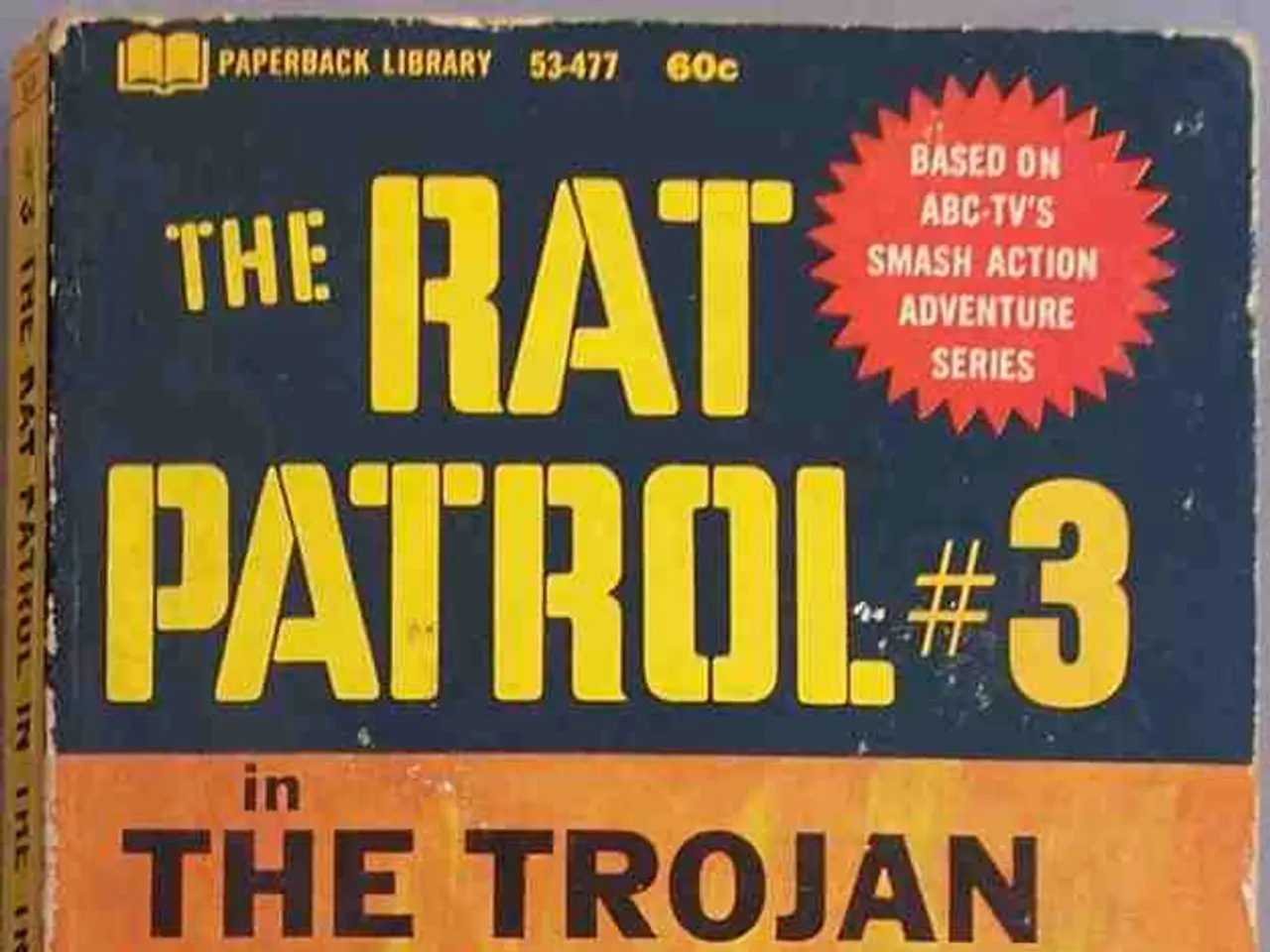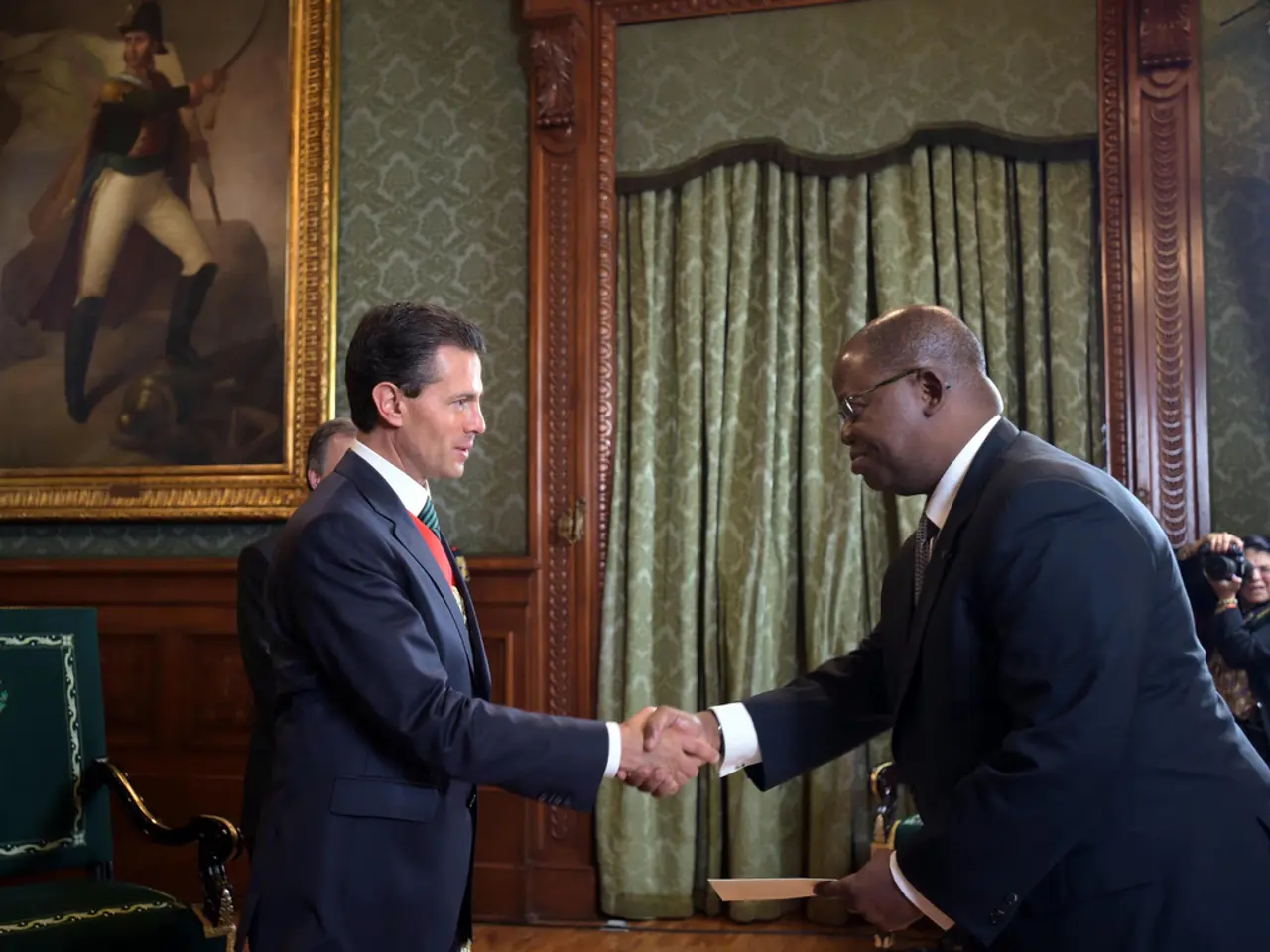Ukrainian attacks result in the death of three individuals, according to Russian authorities, amidst a series of counter-strikes exchanged between Kyiv and Moscow
In the ongoing conflict between Ukraine and Russia, the year 2025 has seen a significant escalation in drone attacks, marking a new phase in the war. Both nations have launched offensives deep into the other's territory, with Ukraine striking strategic targets far from the border and Russia launching large-scale drone attacks on Ukraine.
Key Events and Timeline
The escalation began in January, when Ukraine launched drone attacks on several strategic Russian targets, including the Kazan Orgsintez chemical plant, Gorbunov Kazan Aviation Plant, and the Kstovo Refinery in Nizhny Novgorod. These strikes caused explosions and fires, hitting military-industrial sites deeply inside Russia.
In June, Ukraine executed a major drone raid on Russian airbases, reportedly destroying rows of Russian strategic and nuclear-capable bombers. In July, Ukrainian forces intensified drone attacks, striking multiple deep targets in Russia simultaneously, causing significant disruption to Russian civil and military infrastructure.
Russia, in response, increased its drone attacks against Ukraine, launching thousands of Shahed-type drones nightly. These drones have become more maneuverable to evade Ukrainian air defenses.
Casualties and Damage
Ukrainian drone attacks have caused multiple explosions and fires at key Russian military and industrial facilities, damaging LNG storage tanks and destroying strategic bomber aircraft. The operational disruption at major transport hubs like Sheremetyevo Airport stranded over 80,000 passengers during July strikes.
Russian drone strikes on Ukraine have resulted in damage to infrastructure and military targets, although specific Ukrainian casualties and damage details are less publicly documented.
Responses
Ukraine has effectively used drone warfare to project power deep into Russian territory, disrupting military supply lines and transport, signaling advancement in drone strike capabilities. Russia, in turn, has ramped up drone production dramatically to retaliate.
Impact on Civilians and Infrastructure
The drone campaigns have transformed the conflict, increasing civilian exposure, logistical disruption, and strategic targeting. Eleven people were wounded in an overnight drone strike on the Kharkiv region, and a woman was killed and two other people wounded in a drone strike on business premises in the Penza region. Drone strikes on the Rostov region, on the border with Ukraine, killed one person. Falling drone debris sparked a fire that killed an elderly resident in the Samara region.
International Response
US President Donald Trump has given Russian President Vladimir Putin a shorter deadline for peace efforts to make progress and has threatened new economic sanctions if progress is not made. Trump has also sent his special envoy, Steve Witkoff, to Russia to push for a ceasefire in the war with Ukraine.
In summary, the drone war between Ukraine and Russia in 2025 has escalated into a high-intensity campaign of long-range strikes on strategic military, industrial, and civilian targets by Ukraine, met by a massive increase in Russian drone attacks on Ukraine, significantly impacting infrastructure, civilian populations, and military assets on both sides.
Politics and general news have been dominated by the war-and-conflicts between Ukraine and Russia, with the year 2025 witnessing an escalation in drone attacks, marking a new phase in the conflict. This intense drone war has led to significant disruption of civil and military infrastructure in both nations, causing damage to strategic targets and civilian casualties.








